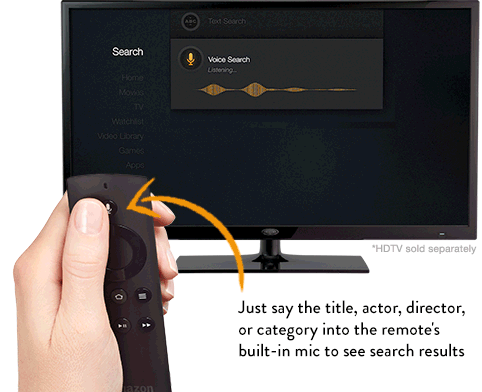We Live In Public
I’ve written about Josh Harris here before. He envisioned all of the stuff that has happened on the Internet in the early 1990s, roughly ten to twenty years before it happened. And he tried to bring much of it to market in the mid to late 90s, but the technology and the market weren’t ready for it. I talked a fair bit about Josh in my “history of the NYC Internet community” talk that I gave at Web 2.0 in 2008. Josh was one of the seminal figures of the NYC Internet community and we owe him a lot for what he imagined and what he made.
Josh’s ultimate project was We Live In Public, which is also the name of the movie about Josh that was released in 2009. In the We Live In Public project, Josh put cameras all over his loft apartment in NYC and livestreamed his and his girlfriend’s everyday life, which ultimately led to their breakup. It’s always been unclear to me how unscripted or scripted that project was, but it hardly matters. It was entertaining in a voyeuristic way. It predated reality TV and all that has come since.
I got to thinking about We Live In Public after reading The Verge’s post about our portfolio company YouNow. YouNow is the living breathing realization of Josh’s imagined world where everyone is broadcasting their lives in real time on the Internet. There’s been plenty of media attention to Twitter’s Periscope and also Meerkat, but YouNow has been at this since 2012 and has amassed a huge audience who tip the live broadcasters enabling them to make a business out of livestreaming their lives. If you want to take a look at how all of that works and what goes on on YouNow, give this a read.
I have been watching the livestreaming category emerge for years and it’s been fits and starts for sure. Most of the stuff that is getting livestreamed is hardly entertaining and many of us have more important things to do with our time than watch other people hangingat work or at home. But it sure seems like the category is alive and well and maybe even here to stay. Just as Josh imagined it would be twenty years ago.


